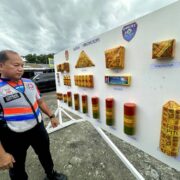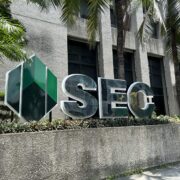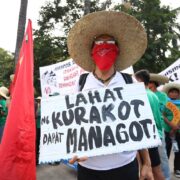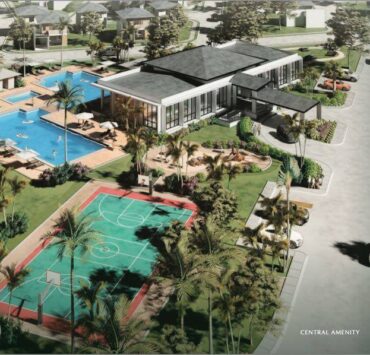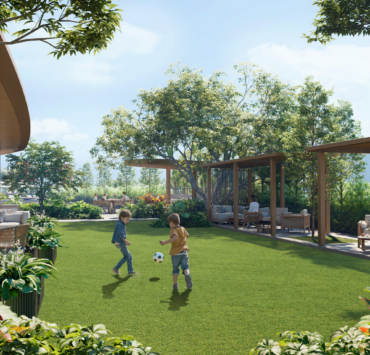Charting new territories: Philippine real estate market’s dynamic landscape
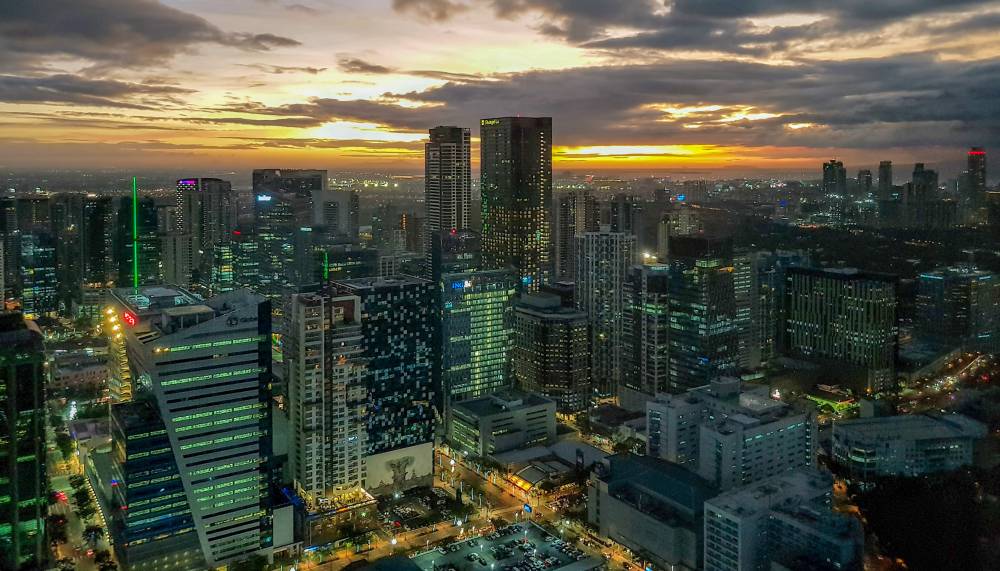
The Philippine real estate market is currently experiencing unique challenges, unlike any previous cycles.
Global commercial real estate services firm Cushman & Wakefield said in a statement that the environment is being shaped by unprecedented factors like pandemic, geopolitical tensions, and rapid technological advancements.
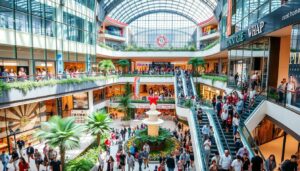
Opportunities to diversify
The emergence of multiple sub-markets beyond the traditional central business districts (CBDs) of Makati, Bonifacio Global City (BGC), and Ortigas has provided developers, investors, and occupiers with opportunities to diversify their portfolios. This helps mitigate risks by spreading investments across locations and property types, reducing dependency on any single market.
Due to the combined effects of the pandemic and the extended economic downturn, the availability of top-tier real estate assets in established CBDs has made the flight-to-quality trend more pronounced.
The ability of established CBDs and major cities outside Metro Manila to preserve real estate values has attracted investors and discerning tenants who seek to minimize market risks. And, despite challenges such as the departure of Philippine offshore gaming operators, established CBDs have demonstrated remarkable resilience.

Bright spots
While certain non-CBD markets face pressures, there remain some bright spots. The rise of remote work has increased demand for flexible office spaces; residential properties in suburban areas; and high quality logistics and industrial developments to address the proliferation of e-commerce activities.
And as economic conditions stabilize, there is potential for overall property demand to rise. Non-traditional and alternative sectors such as technology, healthcare, and logistics are expected to drive this new wave of demand, amplified by their significant growth after the pandemic.

Diverse recovery, growth
The current situation is characterized by diverse recovery and growth trajectories for different markets. Local economic policies, infrastructure development, and sector-specific trends will play crucial roles in influencing the pace and nature of (highly-localized) recovery.
“Inflation and prolonged high interest rates remain significant concerns, with food and crude oil prices heavily impacting the economy. The Bangko Sentral ng Pilipinas (BSP) aims to lower policy rates to stimulate investments. However, recent global political trends, such as the Trump 2.0 administration, complicate this task”, said Claro dG. Cordero Jr., head of Research, Consulting and Advisory Services, Philippines at Cushman & Wakefield.

Office segment
Average rental rates for office developments in CBDs decreased by 2.9 percent year-on-year, while non-CBD areas experienced a more significant decline of 4.2 percent YoY. This trend reflects a continued flight-to-quality, with CBD office developments benefiting from their superior finishes, amenities, and tenant mix.
The actual supply of Grade A office space completed in 2024 fell significantly short of the initial projection, indicating a slower-than-expected market recovery due to reduced demand inducing further potential construction delays. Absorption rates have improved from pandemic lows but remain influenced by flexible work trends and corporate policies.
Overall, vacancy rates are expected to stabilize around 17 to 18 percent in 2025.

Residential segment
The disparity between high-end and mid-end segments in the residential real estate market has become more pronounced. Today, the inventory is focused on the mid-end market, which faces various issues, while the high-end segment remains relatively insulated with increasing demand for luxury developments offering larger units and quality amenities.
In 2024, completions breached 10,000 units, after averaging 6,500 units from 2000 to 2023. Metro Manila has approximately 450,000 mid-end and high-end residential units, with around 8 percent unsold. Outside Metro Manila, there are about 250,000 completed units, where unsold inventory is lower at around 5 percent.
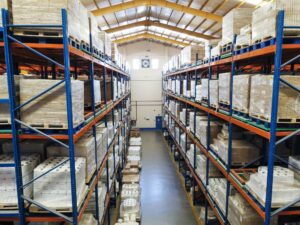
Retail segment
To remain profitable and to drive innovation, several retailers, and developers have undergone significant make-over to remain agile and to balance cost pressures both from the demand for new shopping experience and maintaining a decent occupancy rate due to its loyal locators.
The rate of redevelopment efforts has accelerated, coupled with the need to include additional features in newly completed developments to enhance the shoppers’ experience following the pandemic period.

Hotel segment
The hospitality segment is experiencing uneven regional recovery due to untapped potential in various tourist destinations, including the Philippines.
Currently, the total supply of mid-end and high-end hotel and serviced residence stock is around 50,000 keys, with an additional 1,600 expected to be completed by 2025. However, delays in hotel construction have slowed progress, and it may take five years to reach the projected 70,000 keys.

Stable, resilient market
“Across all key Philippine real estate sub-sectors, the increased demand for higher quality, well-located, and resilient developments is significantly shaping the future real estate landscape. Investors and tenants prioritize properties in prime locations with superior amenities and robust infrastructure. This preference helps maintain and even increase the value of these assets over time. This stability attracts more investors looking for safe havens, further reinforcing the value of these assets,” Cordero said.
Overall, the flight-to-quality behavior ensures that asset values are better conserved, promoting a more stable and resilient real estate market.
The rise of new masterplanned communities will also play a crucial role in resolving this cyclical downturn. The strong commitment of established property developers to create self-sustaining developments provides more options for both occupiers and buyers. This ensures that they have the products they demand at any given time—crisis or not.








